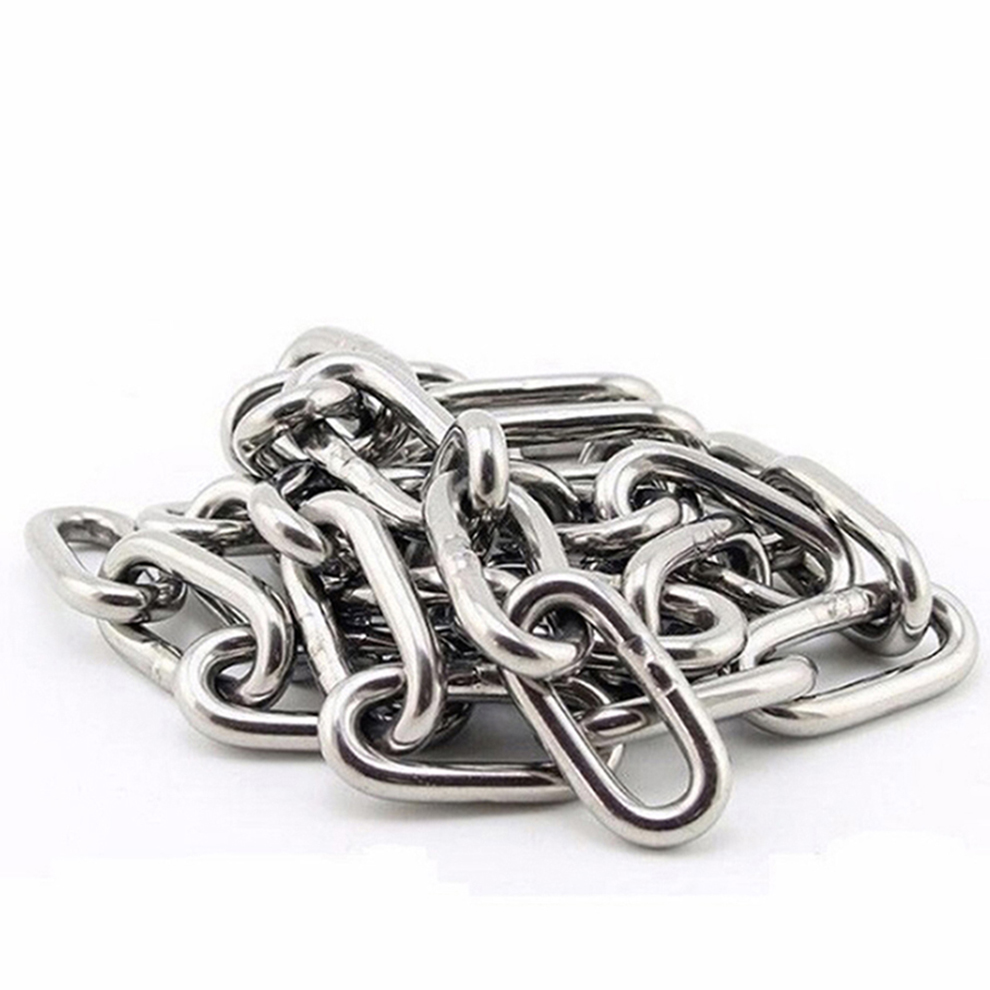Solid wood composite flooring is a popular choice for home interiors due to its durability, aesthetic appeal, and relatively easy maintenance. However, one of the main concerns associated with such flooring is the presence of formaldehyde, a volatile organic compound (VOC) that can be harmful to human health. According to reports, formaldehyde is classified as a highly toxic substance and ranks among the top priority chemicals in China. Long-term exposure to this chemical can lead to a variety of health issues, including irritation of the eyes, nose, and throat, respiratory problems, allergic reactions, and even more severe conditions like lung or liver dysfunction. It is particularly dangerous for children, the elderly, and pregnant women, as it may cause genetic mutations and contribute to serious health problems such as leukemia or developmental delays in children.
Formaldehyde is known to persist in materials for up to 3 to 15 years, and its release increases when exposed to heat, making it a significant indoor air pollutant. The World Health Organization (WHO) has recognized formaldehyde as a carcinogen and teratogen, highlighting the need for proper control and prevention methods during the production and installation of flooring materials.
So, what are the primary sources of formaldehyde in solid wood composite flooring? One major contributor is the paint used on the surface of the floor. Traditional paints often contain high levels of formaldehyde, which can be released into the air over time. To combat this, many manufacturers now use advanced, environmentally friendly coatings that significantly reduce formaldehyde emissions. These premium paints typically contain higher concentrations of aluminum oxide (Al₂O₃), also known as corundum, which not only enhances the floor's resistance to scratches and wear but also improves its longevity, lasting over 25 years under normal conditions.
Another key source of formaldehyde is the adhesive used in multi-layer solid wood flooring. These adhesives can emit formaldehyde if not properly formulated. Fortunately, modern, eco-friendly adhesives produced using cutting-edge technology have much lower formaldehyde content and are designed to minimize their impact on indoor air quality.
In addition to the flooring itself, other components such as underlayment and padding can also contribute to formaldehyde emissions. For instance, some foam-based underlays may contain materials that release formaldehyde. However, there are now safer alternatives available, such as EPE (expanded polyethylene) foam, which is non-toxic, moisture-resistant, and free from harmful substances like formaldehyde.
To ensure safety, the Chinese national standard GB18580-2001 sets strict limits on formaldehyde emissions from solid wood composite flooring. The desiccator method requires that the formaldehyde emission level does not exceed 1.5 mg/L (E1 grade), while the more stringent E0 grade allows for no more than 0.5 mg/L. Additionally, the climate chamber method measures emissions at no more than 0.12 mg/m³, ensuring a safer indoor environment.
To further guarantee product safety, third-party inspections play a crucial role. Independent laboratories, such as the Shanghai Municipal Building Materials and Components Inspection and Supervision Station, conduct impartial testing and provide certifications like CAL and CMA, giving consumers confidence in the quality and safety of the products they choose.
Ultimately, home decoration should enhance comfort and well-being, not compromise health. Choosing reputable brands and certified products is essential for both manufacturers and consumers. By making informed decisions, we can create living spaces that are not only beautiful but also safe and healthy for everyone.
Short Link Chain
The invention and use of stainless steel can be traced back to the First World War. At that time, the British guns on the battlefield were always transported back to the rear due to wear and tear. The military production department ordered Brearley to develop high-strength wear-resistant alloy steel, specializing in solving the wear problem of the gun chamber. Brearley and his assistants collected various types of steel and alloy steels produced at home and abroad, conducted performance experiments on various types of machinery, and then selected more suitable steels to make guns. One day, they experimented with an alloy steel containing a large amount of chromium. After the wear resistance test, they found that the alloy was not wear-resistant, indicating that it could not make guns. So they recorded the experimental results and threw it in the corner. . One day a few months later, an assistant rushed to Brearley with a piece of shiny steel and said, "Sir, this is the alloy steel sent by Mr. Mullah I found when I was cleaning the warehouse. You Do you want to experiment to see what special effect it has!" "Okay!" Brearley said happily, looking at the bright and dazzling steel.
The experimental results show that it is a stainless steel that is not afraid of acid, alkali and salt. This stainless steel was invented by Mullah in Germany in 1912. However, Mullah did not know what this stainless steel was used for.
Brierley thought to himself: "This kind of non-wear-resistant but corrosion-resistant steel can't be used to make guns. Can it be used to make tableware?" He went ahead and made a stainless steel fruit knife, fork, spoon, and fruit plate and folding knives.
The stainless steel invented by Brearley was patented in the United Kingdom in 1916 and began to be mass-produced. Since then, stainless steel accidentally discovered from garbage heaps has swept the world, and Henry Brearley is also known as the "father of stainless steel".

Short Link Chain,Short Link Anchor Chain,Din766 Short Link Chain,Stainless Steel Short Link Chain
Jiangsu Hongze Stainless Steel Wire Rope Co., Ltd , https://www.hzrope.com
